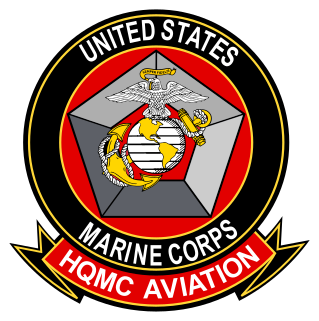 W
WUnited States Marine Corps Aviation is the aircraft arm of the United States Marine Corps. Marine Corps aviation units have a very different mission and operation than their ground counterparts, and thus have their own history, traditions, terms, and procedures.
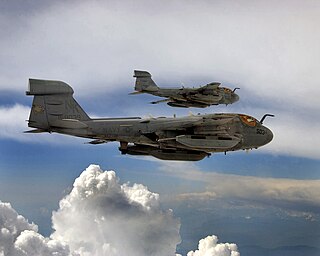 W
WThe Cavalese cable car disaster of 1998, also known as the Strage del Cermis occurred on February 3, 1998, near the Italian town of Cavalese, a ski resort in the Dolomites some 25 miles (40 km) northeast of Trento. Twenty people died when a United States Marine Corps EA-6B Prowler aircraft, flying too low and against regulations, cut a cable supporting a gondola of an aerial tramway.
 W
WThe Deputy Commandant for Aviation (DCA) is the United States Marine Corps' principle advisor on all aviation matters and is the spokesperson for Marine Corps Aviation programs, requirements, and strategy throughout the Department of the Navy and the Department of Defense. DCA is normally the highest-ranking naval aviator in the Marine Corps and reports directly to the Commandant of the Marine Corps. The role of DCA is an administrative position and has no operational command authority over United States Marine Corps Aviation forces.
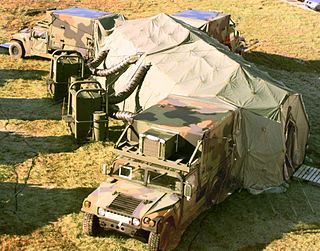 W
WThe Direct Air Support Center (DASC) is the principal United States Marine Corps aviation command and control system and the air control agency responsible for the direction of air operations directly supporting ground forces. It functions in a decentralized mode of operation, but is directly supervised by the Marine Tactical Air Command Center (TACC) or the Navy Tactical Air Control Center (NTACC). During amphibious or expeditionary operations, the DASC is normally the first Marine Air Command and Control System (MACCS) agency ashore and is usually categorized as the Ground Combat Element's (GCE's) senior Fire Support Coordination Center (FSCC). The DASC's parent unit is the Marine Air Support Squadron (MASS) of the Marine Air Control Group (MACG).
 W
WThe Flying Leatherneck Aviation Museum is a United States Marine Corps command museum at Marine Corps Air Station Miramar, San Diego, California. The museum contains exhibits and artifacts relating to the history and legacy of United States Marine Corps Aviation. The outdoor exhibits include 31 historical aircraft, multiple military vehicles and equipment. Indoor exhibits feature photographs, artifacts and artwork from the early days of aviation to the present.
 W
WForward air control is the provision of guidance to close air support (CAS) aircraft intended to ensure that their attack hits the intended target and does not injure friendly troops. This task is carried out by a forward air controller (FAC).
 W
WThe Helicopter Support Team (HST) is a unit of organization within the United States Marine Corps that manages the activities of a helicopter landing zone (LZ). It consists of a team of eight Landing Support Marines who are trained to hook up external loads to the hooks of primarily military helicopters. All kinds of gear can be lifted by helicopter and taken to locations with terrain that is not suited for other kinds of vehicles. For example communications equipment can be placed on top of a mountain within a few minutes of flight instead of a few hours of driving, if one could even drive the equipment to the designated location. The HST is a valuable resource to the Marine Air-Ground Task Force (MAGTF)), as it provides an expedient manner of transportation for gear and supplies.
 W
WMarblehead Harbor is a harbor located in Marblehead, Massachusetts, 17 miles northeast of Boston. It is considered the birthplace of the Continental Navy, forerunner of the United States Navy, and of United States Marine Corps Aviation.
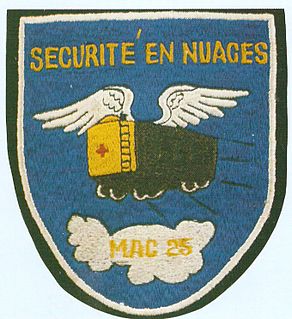 W
WMarine Air Group (MAG) 25 was a United States Marine Corps combat air transport group that provided logistical support, including cargo and personnel transport and aeromedical evacuation, to forward units during World War II and the Korean War. During World War II it formed the nucleus of the South Pacific Combat Air Transport Command.
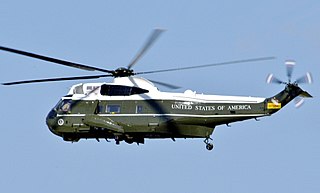 W
WMarine One is the call sign of any United States Marine Corps aircraft carrying the president of the United States. It usually denotes a helicopter operated by Marine Helicopter Squadron One (HMX-1) "Nighthawks", consisting of either the large Sikorsky VH-3D Sea King or the newer, smaller VH-60N "White Hawk". Both helicopters are called "White Tops" because of their livery. Any Marine Corps aircraft carrying the vice president has the call sign Marine Two.
 W
WMarine One is the call sign of any United States Marine Corps aircraft carrying the president of the United States. It usually denotes a helicopter operated by Marine Helicopter Squadron One (HMX-1) "Nighthawks", consisting of either the large Sikorsky VH-3D Sea King or the newer, smaller VH-60N "White Hawk". Both helicopters are called "White Tops" because of their livery. Any Marine Corps aircraft carrying the vice president has the call sign Marine Two.
 W
WA modex is a number that is part of the Aircraft Visual Identification System, along with the aircraft's tail code. It usually consists of two or three numbers that the Department of the Navy, U.S. Navy and U.S. Marine Corps use on aircraft to identify a squadron's mission and a specific aircraft within a squadron. These numbers are painted conspicuously on the aircraft's nose—or, on helicopters, sometimes on the aft portion of the fuselage or forward portion of the empennage. Modexes are also painted less conspicuously on other aircraft areas. Shore-based aviation units use either two-digit or three-digit modexes, while carrier-based units always use three digits.
 W
WThe United States Naval Aviation Hall of Honor, located at the National Naval Aviation Museum in Pensacola, Florida, recognizes individuals "who by their actions or achievements made outstanding contributions to Naval Aviation." Since its inception in 1979, the Hall of Honor has enshrined 80 people representing every element of the naval aviation family: U.S. Navy, U.S. Marine Corps, U.S. Coast Guard, Civilian and every naval aviation warfare community. Selectees are chosen by a board appointed by the Director, Air Warfare Division, Office of the Chief of Naval Operations, sponsor of the Hall of Honor, and approved by the Chief of Naval Operations.
 W
WThe Tailhook scandal was a military scandal and controversy in which United States Navy and U.S. Marine Corps aviation officers were alleged to have sexually assaulted up to 83 women and seven men, or otherwise engaged in "improper and indecent" conduct at the Las Vegas Hilton in Las Vegas, Nevada. The events took place at the 35th Annual Tailhook Association Symposium from September 5 to 8, 1991. The event was subsequently abbreviated as "Tailhook '91" in media accounts.
 W
WTail codes on the U.S. Navy aircraft are the markings that help to identify the aircraft's unit and/or base assignment. These codes comprise one or two letters or digits painted on both sides of the vertical stabilizer, on the top right and on the bottom left wings near the tip. Although located both on the vertical stabilizer and the wings from their inception in July 1945, these identification markings are commonly referred as tail codes. It is important to note that tail codes are meant to identify units and assignments, not individual aircraft. For all aircraft of the U.S. Navy and U.S. Marine Corps unique identification is provided by bureau numbers.
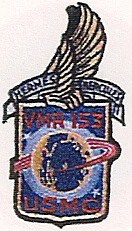 W
WMarine Transport Squadron 153 (VMR-153) was a United States Marine Corps transport squadron that provided logistical support, including cargo and personnel transport and aeromedical evacuation, to forward units during World War II. It was under the command of Marine Aircraft Group 25 and the South Pacific Combat Air Transport Command (SCAT).